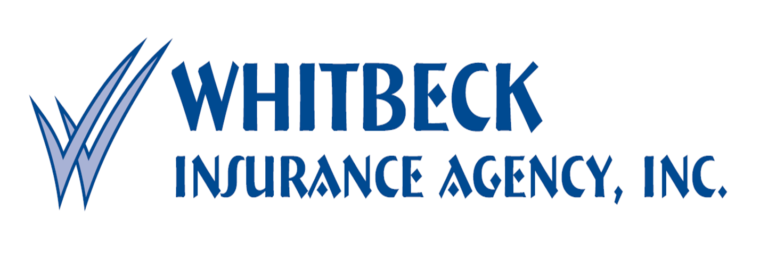
Don’t Leave the Leaves!

There’s nothing quite like the view of colorful leaves in autumn. But what do you do when they’ve all fallen and you’re left with a mess in your yard? Winter is quickly approaching, so it’s important to dispose of the leaves before the snow comes. But how can you do so safely (and legally)? Here’s what to know.
CAN I BURN THE LEAVES?
While many local governments are banning leaves and other yard trimmings from landfills, you may be tempted to burn the leaves in your yard. Leaf burning, however, becomes a fire hazard that can lead to air pollution and health problems. Burning leaves is not recommended by the Environmental Protection Agency (EPA)—nor is it legal in most states. The open burning of leaves produces toxic compounds like carbon monoxide.
CAN I PUT THE LEAVES IN TRASH BAGS?
If you’ve got a lot of time and a strong back (who has either, right?), bagging leaves is one option. But remember, sticks, rocks, pinecones, limbs and other debris should not be mixed with loose leaves. Also, check with your municipality or borough to see what, if any, weight limit or bag color has been specified for leaf-filled bags, Then, when they’re ready to go, put them at the curb on your regular trash collection day or as directed.
WHAT IS COMPOSTING AND HOW CAN I DO IT?
Composting is an environmentally friendly form of recycling that helps soil retain moisture and nutrients and increase fertility. When leaves are composted along with nitrogen-filled grass clippings, the resulting compost becomes organic fertilizer or mulch for flowerbeds, gardens or around shrubs. The EPA’s Web site offers a free detailed guide on how to create your own compost pile in your backyard. The most important thing to note is what can and cannot be composted. Stay away from meat trimmings and bones—they may attract pests.
Here are a few different ways to compost:
- Make your own compost bin. This is a simple and cost-effective way to make a difference for the good of the environment.
- Mulching is a great way to add nutrients to your garden and put those leaves to good use in natures cycle. You can use a chipper to turn clean leaves or brush into mulch.
- Find out if your community offers leaf collection or wood waste removal. Laws for leaf disposal vary depending on where you live. Visit your city’s website or call your local public works department for more information.
LOOKING AFTER YOU
Planning is smart, but life is always changing – just like the seasons. For whatever’s in store, we’re with you on the journey. Call an insurance professional like a local ERIE agent about insuring your home.
